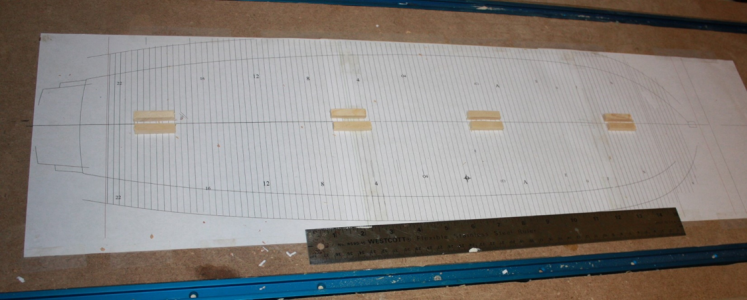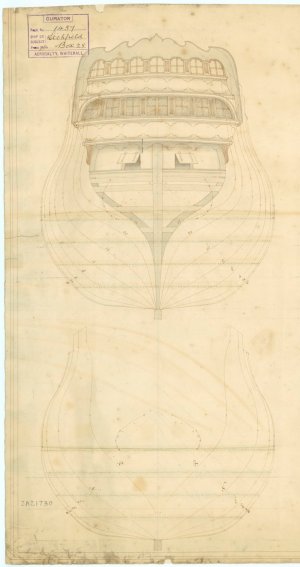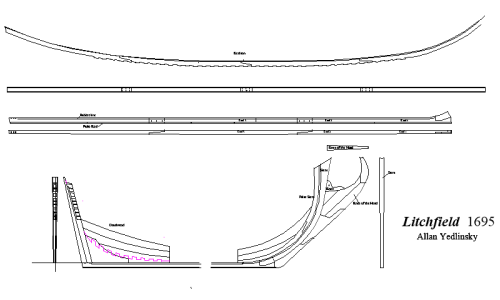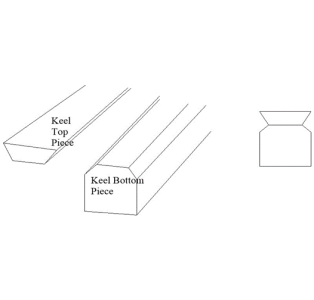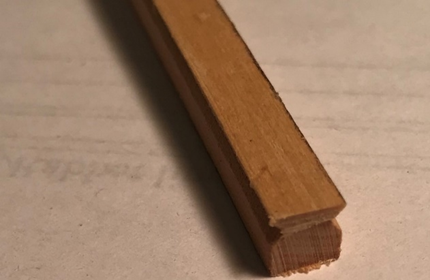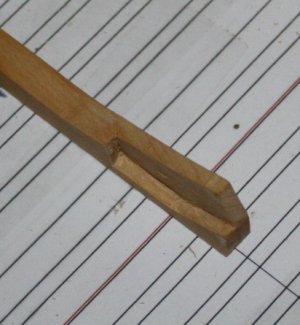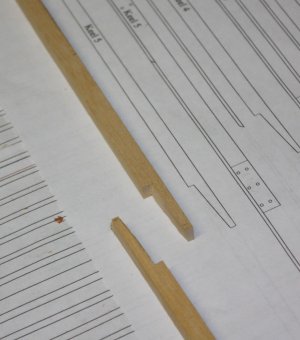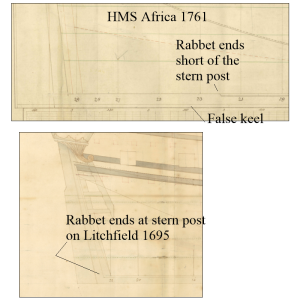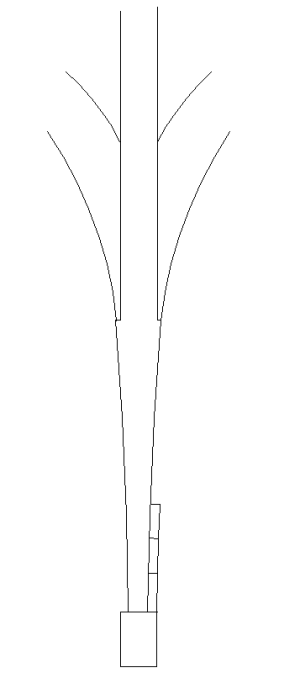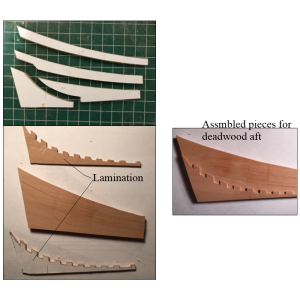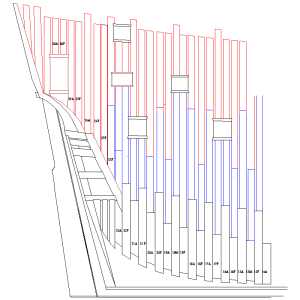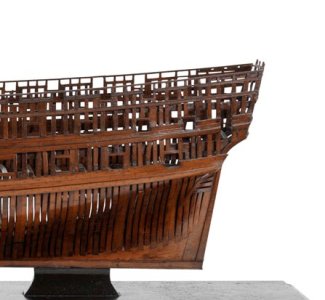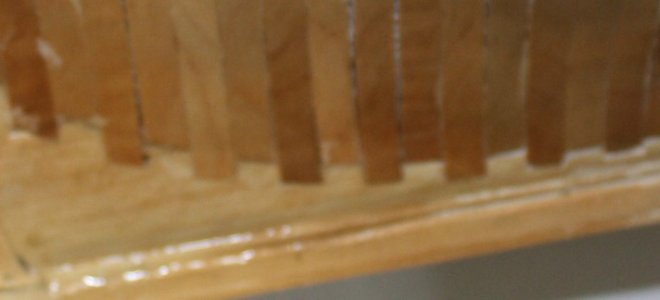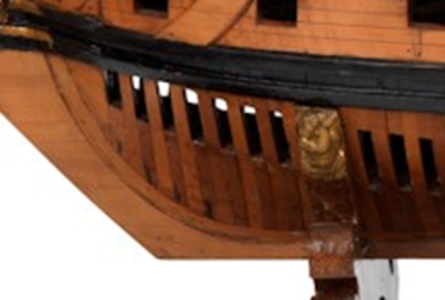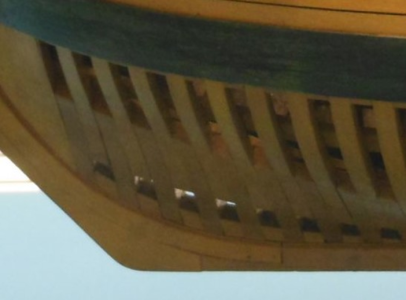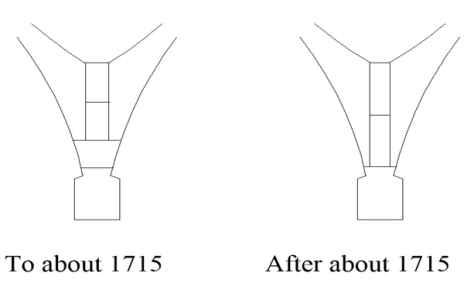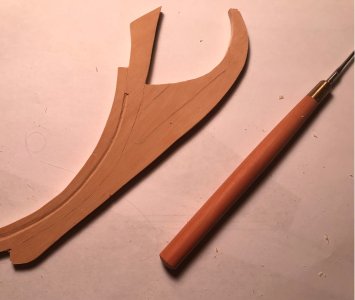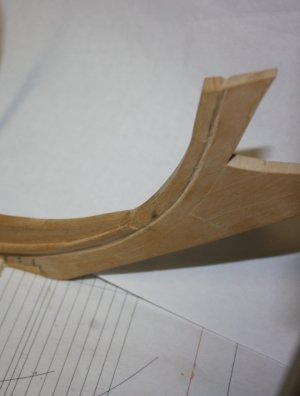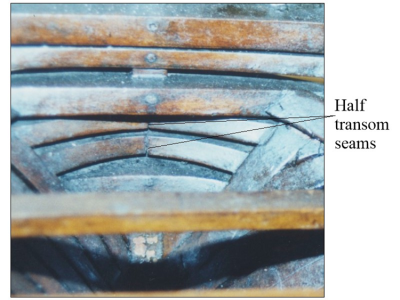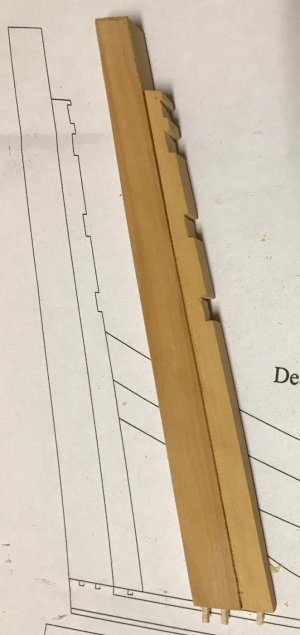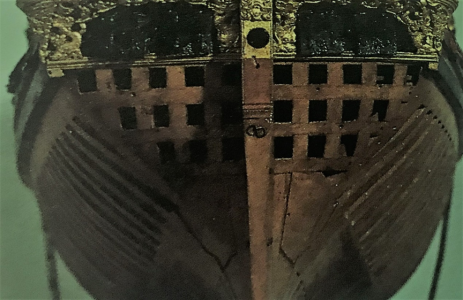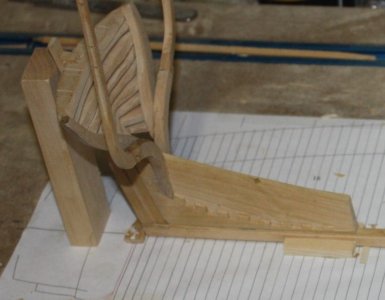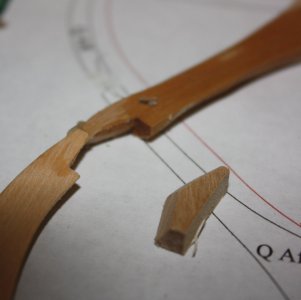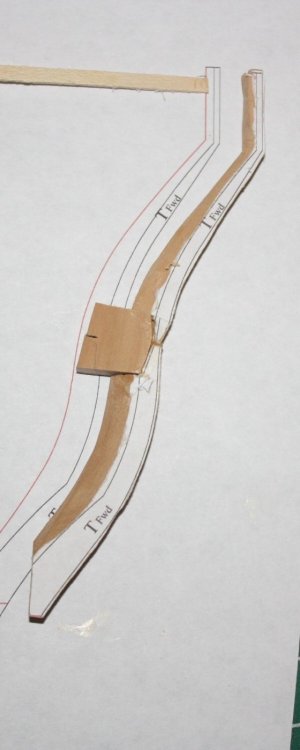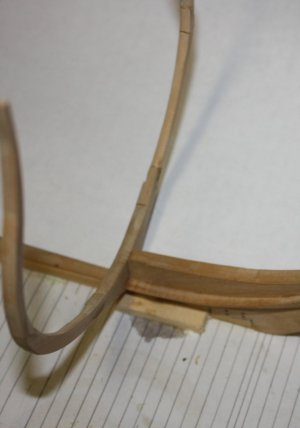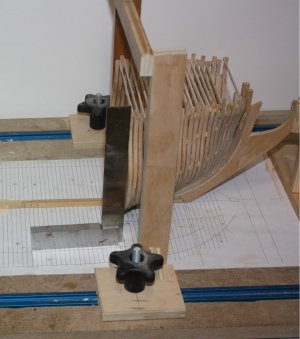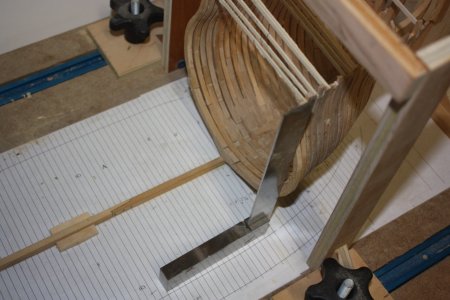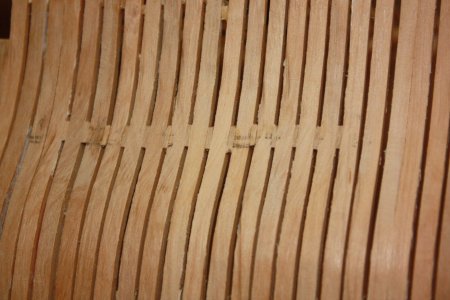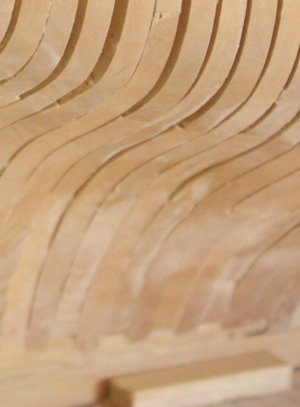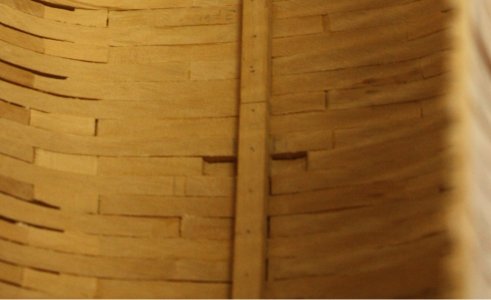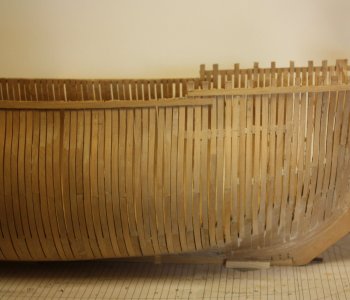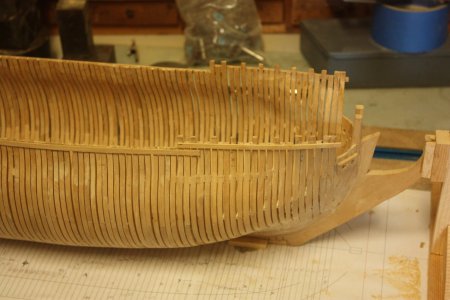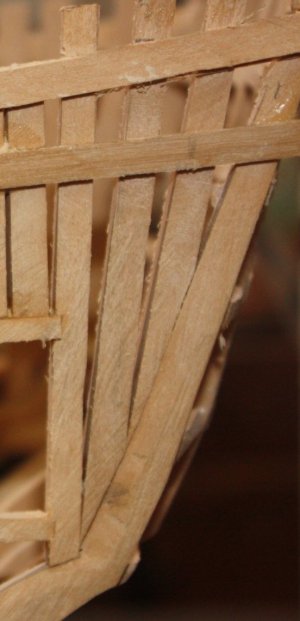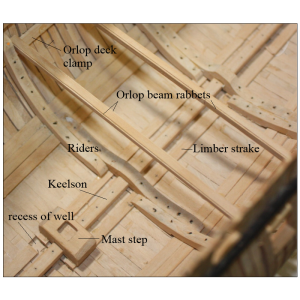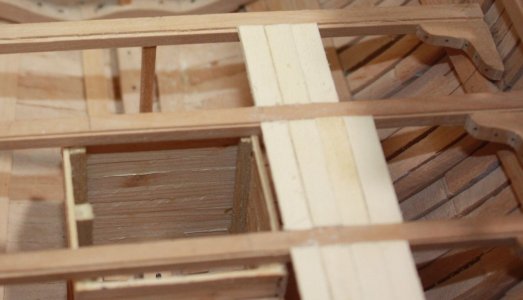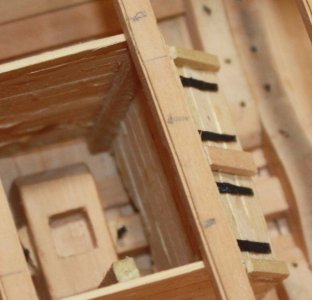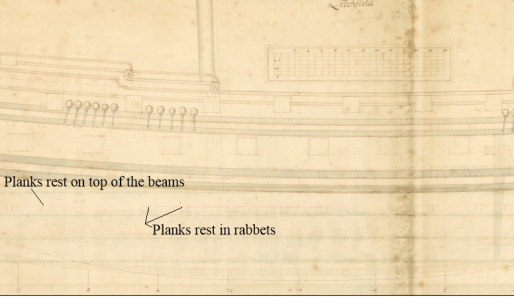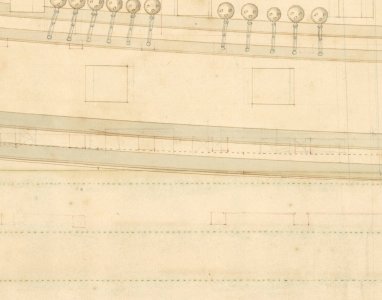This has been an off and on project for several years and has a way to go but I thought some members might find it interesting and perhaps useful in some ways.
I prepared plans based on the contemporary plans from RMG as well as scantlings from the contracts for her sister ships.
If anyone checking in on this log has questions, critiques, suggestions and so forth, please do not hesitate to post them, all input is welcome.
Litchfield (Lichfield) 1695
PARTICULARS
The following is from the British Navy List
Shipwright: William Stigant, Portsmouth Dockyard
Ordered: 16 November 1693
Launched: 4 February 1695 (modern dating) The launch date on the list of British Navy List shows 1694. I spotted this and thought it odd that all other information I found gave a launch date of 4 February 1695. This discrepancy is due to the old calendar in England had the new year starting on March 24th which was Lady’s Day (one of the year’s financial quarter days, when rents were paid; the others being Midsummer’s day, Michaelmas, and Christmas Day).
Type: 48 gun fourth-rate ship of the line. The number of guns for the 130 foot class, of which Litchfield is a part, varied from 46 to 50 guns.
Tons burthen: 682
Length on the gun deck: 130 feet 3 inches NB: The contracts for the Severn, Burlington Romney and Colchester specify 130 feet, and the contract for Jersey specifies 132 feet. The Jersey was several years after the other mentioned ships and it is surmised that the extra two feet of length on the gun deck were needed.
Length of the keel: 107 feet 7 inches
Beam: 34 feet 7.5 inches
Depth of hold: 13 feet 6 inches
Armament: 48 guns of various weights of shot in the Commonwealth pattern.
Twenty-two 8 feet, 6 inch long twelve pounders on gun deck
Twenty-two 8 feet long six pounders on upper deck
Four 7 feet long six pounders on the quarter deck (based on number of gun ports on drawing from NMM J4030)
Possibly two, 8 feet, 6 inch long six pounders on forecastle by approximately 1702 (based on descriptions found in The History of English Sea Ordinance, by Adrian Caruana)
Other 50 gun ships of the 130 foot group:
Weymouth 1693
Colchester 1694
Romney 1694
Lincoln 1695
Coventry 1695
Harwich 1695
Severn 1695
Burlington 1695
Pendennis 1695
Blackwall 1696
Guernsey 1696
Nonsuch 1696
Warwick 1696
Dartmouth 1698
Hampshire 1698
Winchester 1698
Salisbury 1698
Carlisle 1698
Worcester 1698
Jersey 1698
Tilbury 1699
GENERAL NOTES
This project is based mainly on scantlings from the Severn, Burlington, Romney, Colchester, and Jersey contracts and drawing J4030 from the Royal Museum Greenwich which was prior to her rebuild to the 1719 Establishment in 1730 shown on RMG drawing J4031. Drawing J4030 may or may not reflect some changes she underwent when in ordinary between the time she was launched and taken apart and rebuilt. Stylistically it appears to be mostly from the last decade of the 17th century long before her rebuild. There is a date of 1730 penciled on the drawing (possibly by someone at RMG), or perhaps at a time that some new lines were drawn on the original drawing in blue. I communicated with RMG about this and they had no explanation other than it was probably a mistake due to there being a separate drawing of Litchfield 1730. The location of the channels and split wales are as normally seen from the 17th century to about the time of the 1719 Establishment. In discussing drawing J4030 with a well know expert on English ships he noted that the ink wash on the wales is very likely pre-18th century or very early 18th century indicating the drawing could very well be close to how she looked when launched.
NOTE: There are a few discrepancies between the drawing and contracts. Where these involved dimensions, I prepared spread sheets of scantlings based on the contracts which are precise. One major discrepancy is the number of gun ports. The drawing shows eleven upper deck gun deck ports and eleven lower gundeck ports whereas the contract calls for eleven upper deck gun ports and twelve lower gun deck ports. In The 50 Gun Ship by Rif Winfield, he points out very clearly that the actual number of guns varied. Regarding Litchfield, he refers to “The 1690s vessels, the 48s”. This would account for eleven ports on each side of the lower deck, eleven on each side of the upper deck, and two on each side of the quarter deck.
For me there was a big question as to how ornate were the galleries and other decorations, including painting and carvings. Wreaths are known to have been eliminated by order of the Admiralty sometime in 1703 so were possibly, if not likely, to be found on Litchfield when launched. It can be argued that Litchfield would have had a more ornate design of her galleries than indicated in the basic design on drawing J4030. Some contemporary models show very ornate galleries and sterns for ships circa 1690 to 1700, others do not. I drew two options on the plans for the construction and design of the galleries before deciding which I would use.
The stern ornamentation are from my own imagination. I have taken pieces from various contemporary models of the era and incorporated a few of my own ideas on carvings that yielded the designs on the drawings I prepared for the build.
J4030 drawing. The original is at scale 1:48. The model in this log is being built to 1:64
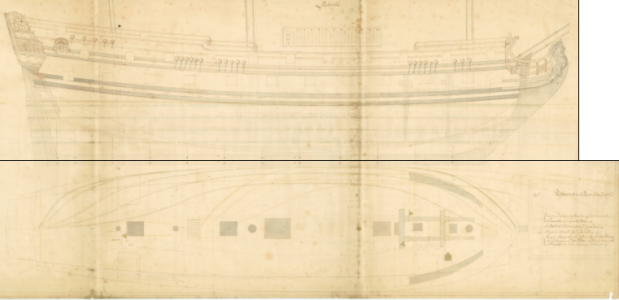
I prepared plans based on the contemporary plans from RMG as well as scantlings from the contracts for her sister ships.
If anyone checking in on this log has questions, critiques, suggestions and so forth, please do not hesitate to post them, all input is welcome.
Litchfield (Lichfield) 1695
PARTICULARS
The following is from the British Navy List
Shipwright: William Stigant, Portsmouth Dockyard
Ordered: 16 November 1693
Launched: 4 February 1695 (modern dating) The launch date on the list of British Navy List shows 1694. I spotted this and thought it odd that all other information I found gave a launch date of 4 February 1695. This discrepancy is due to the old calendar in England had the new year starting on March 24th which was Lady’s Day (one of the year’s financial quarter days, when rents were paid; the others being Midsummer’s day, Michaelmas, and Christmas Day).
Type: 48 gun fourth-rate ship of the line. The number of guns for the 130 foot class, of which Litchfield is a part, varied from 46 to 50 guns.
Tons burthen: 682
Length on the gun deck: 130 feet 3 inches NB: The contracts for the Severn, Burlington Romney and Colchester specify 130 feet, and the contract for Jersey specifies 132 feet. The Jersey was several years after the other mentioned ships and it is surmised that the extra two feet of length on the gun deck were needed.
Length of the keel: 107 feet 7 inches
Beam: 34 feet 7.5 inches
Depth of hold: 13 feet 6 inches
Armament: 48 guns of various weights of shot in the Commonwealth pattern.
Twenty-two 8 feet, 6 inch long twelve pounders on gun deck
Twenty-two 8 feet long six pounders on upper deck
Four 7 feet long six pounders on the quarter deck (based on number of gun ports on drawing from NMM J4030)
Possibly two, 8 feet, 6 inch long six pounders on forecastle by approximately 1702 (based on descriptions found in The History of English Sea Ordinance, by Adrian Caruana)
Other 50 gun ships of the 130 foot group:
Weymouth 1693
Colchester 1694
Romney 1694
Lincoln 1695
Coventry 1695
Harwich 1695
Severn 1695
Burlington 1695
Pendennis 1695
Blackwall 1696
Guernsey 1696
Nonsuch 1696
Warwick 1696
Dartmouth 1698
Hampshire 1698
Winchester 1698
Salisbury 1698
Carlisle 1698
Worcester 1698
Jersey 1698
Tilbury 1699
GENERAL NOTES
This project is based mainly on scantlings from the Severn, Burlington, Romney, Colchester, and Jersey contracts and drawing J4030 from the Royal Museum Greenwich which was prior to her rebuild to the 1719 Establishment in 1730 shown on RMG drawing J4031. Drawing J4030 may or may not reflect some changes she underwent when in ordinary between the time she was launched and taken apart and rebuilt. Stylistically it appears to be mostly from the last decade of the 17th century long before her rebuild. There is a date of 1730 penciled on the drawing (possibly by someone at RMG), or perhaps at a time that some new lines were drawn on the original drawing in blue. I communicated with RMG about this and they had no explanation other than it was probably a mistake due to there being a separate drawing of Litchfield 1730. The location of the channels and split wales are as normally seen from the 17th century to about the time of the 1719 Establishment. In discussing drawing J4030 with a well know expert on English ships he noted that the ink wash on the wales is very likely pre-18th century or very early 18th century indicating the drawing could very well be close to how she looked when launched.
NOTE: There are a few discrepancies between the drawing and contracts. Where these involved dimensions, I prepared spread sheets of scantlings based on the contracts which are precise. One major discrepancy is the number of gun ports. The drawing shows eleven upper deck gun deck ports and eleven lower gundeck ports whereas the contract calls for eleven upper deck gun ports and twelve lower gun deck ports. In The 50 Gun Ship by Rif Winfield, he points out very clearly that the actual number of guns varied. Regarding Litchfield, he refers to “The 1690s vessels, the 48s”. This would account for eleven ports on each side of the lower deck, eleven on each side of the upper deck, and two on each side of the quarter deck.
For me there was a big question as to how ornate were the galleries and other decorations, including painting and carvings. Wreaths are known to have been eliminated by order of the Admiralty sometime in 1703 so were possibly, if not likely, to be found on Litchfield when launched. It can be argued that Litchfield would have had a more ornate design of her galleries than indicated in the basic design on drawing J4030. Some contemporary models show very ornate galleries and sterns for ships circa 1690 to 1700, others do not. I drew two options on the plans for the construction and design of the galleries before deciding which I would use.
The stern ornamentation are from my own imagination. I have taken pieces from various contemporary models of the era and incorporated a few of my own ideas on carvings that yielded the designs on the drawings I prepared for the build.
J4030 drawing. The original is at scale 1:48. The model in this log is being built to 1:64

Last edited:



